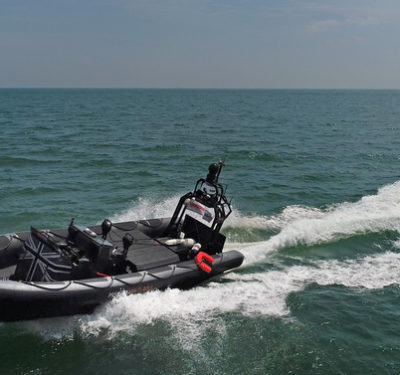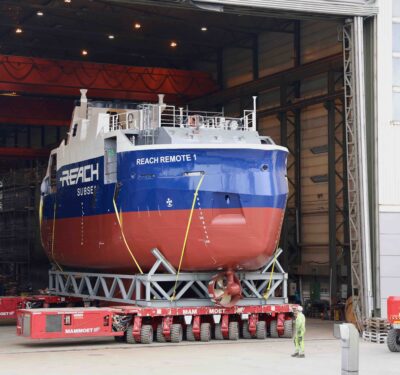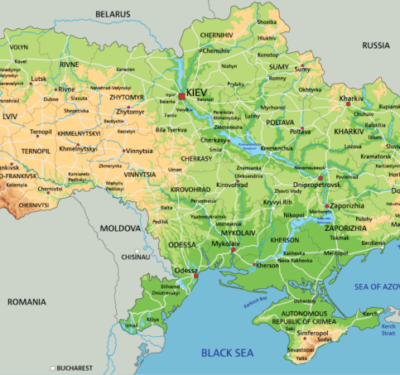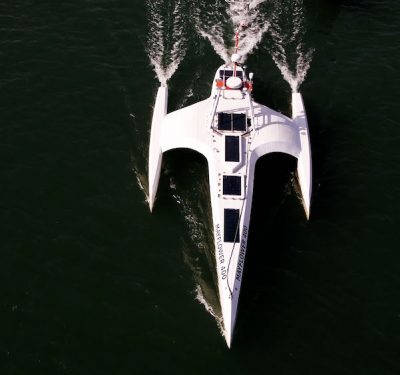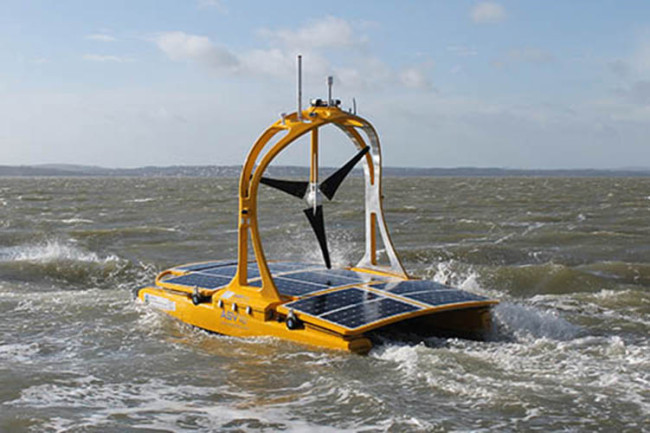
SeeByte, ASV and the Marine Biological Association of the United Kingdom recently received funding to complete the second phase of an Autonomous Ocean Research Study.
The Adaptive Autonomous Ocean Sampling Networks (AAOSN) SBRI call study aims to reduce the complexity and frequency of operator input when supervising large fleets of autonomous systems from the shore, according to a news release.
In phase two, researchers plan to extend on the tagged fish work completed in phase one, and will design autonomous behaviors to address five scenarios—oil spill, passive acoustic monitoring, seabed mapping, fish tracking and tidal mixing, according to the release.
The behaviors will integrate sensor data and interpretation methods to enable adaptive, multi-vehicle missions using combinations of ASV, AUV and Glider assets, according to the release.
Trials will integrate SeeByte’s Neptune onto various autonomous assets, including ASV’s C-Enduro. The Neptune is an adaptive planning tool designed to optimize execution of AUV operations. The C-Enduro is a long endurance Autonomous Surface Vehicle that uses a common interface and control system. It will operate a multi-beam echo sound and PAM system.
For more information visit seebyte.com.


